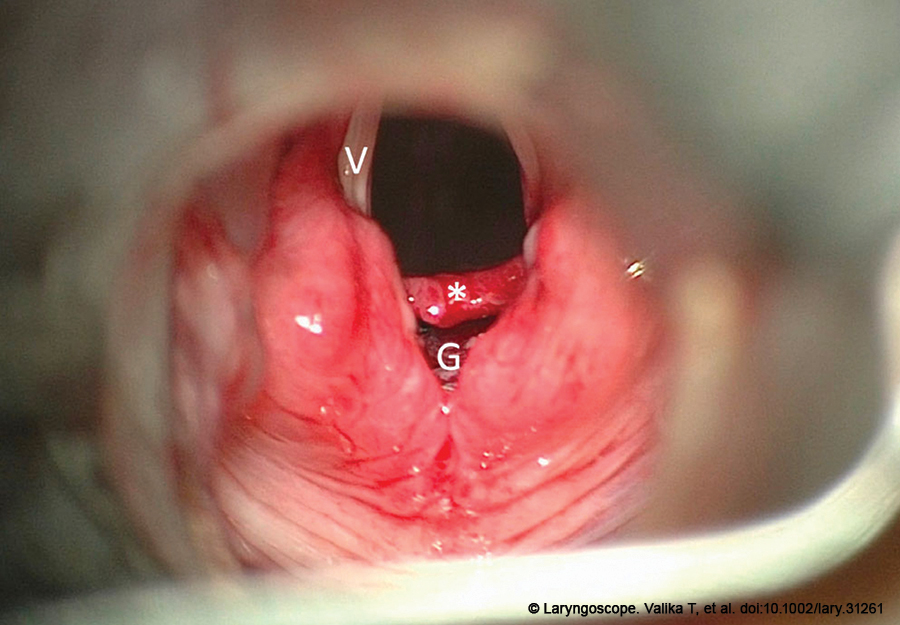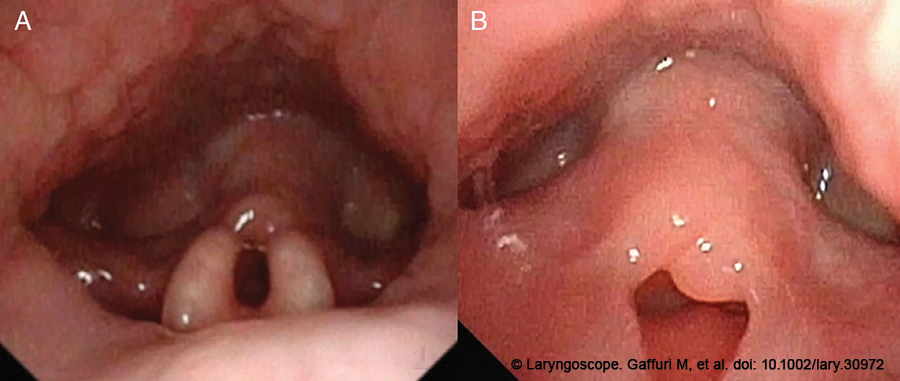The FDA recently expanded the approval of the XHANCE fluticasone propionate nasal spray manufactured by Optinose for chronic rhinosinusitis to also include treatment of adults aged 18 and older without nasal polyps.


The FDA recently expanded the approval of the XHANCE fluticasone propionate nasal spray manufactured by Optinose for chronic rhinosinusitis to also include treatment of adults aged 18 and older without nasal polyps.

People with bilateral cochlear implantation have diminished perception of musical attributes, which limits their emotional response when listening

Traditional approaches to laryngotracheal reconstruction have relied on open transcervical approaches. With the growth of endoscopic techniques, there have been multiple advances in minimally invasive procedures to augment airway stenosis in pediatric patients.

In this How I Do It article, a single-port endoscopic removal of forehead osteoma technique for otolaryngologists and the associated outcomes are described.

Laryngomalacia (LM) is the most common congenital laryngeal anomaly caused by a delay in the maturation of supporting laryngeal cartilages. Three-dimensional exoscopy has had satisfactory and promising results in adults, but only a few pediatric series have been published.

Electrocochleography (ECoG) has historically been used for measuring hearing thresholds and identifying endolymphatic hydrops in Ménière’s disease. More recently, ECoG application has expanded to monitor electrical potentials during cochlear implantation as an indirect measure of cochlear trauma.

Laryngeal reinnervation should be offered to all patients independent of patient age or duration of denervation, as it can improve voice and swallowing. Long-term denervation, however, may result in a smaller degree of improvement.

Staging severity of laryngopharyngeal reflux with more objective testing is crucial to understanding its natural history, forecasting response to treatment, and it may serve as a gateway to considering surgical treatments.
Self-reported taste changes in patients with oropharyngeal cancer who have had TORS are frequent; suspension time and glossopharyngeal nerve injury are unlikely to cause symptomatic TDs.
Compared with all other patients, extremely premature infants have equivalent decannulation success but are at an increased risk for complications following LTR.